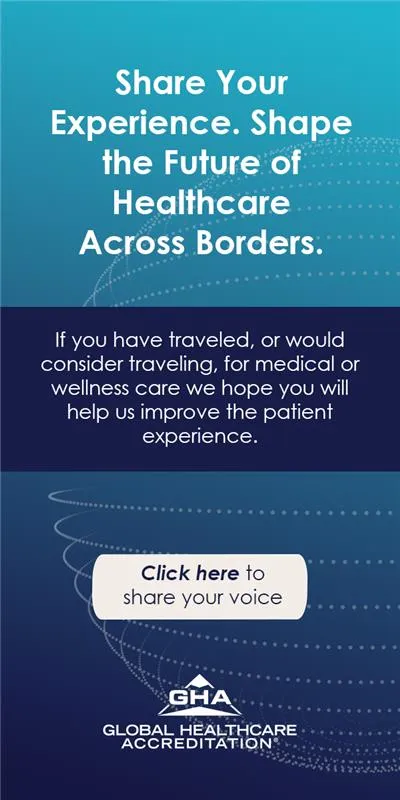Strategies to close the gap: prevention, clinical and research
In just one century, humanity went from a life expectancy of just over 40 years to over 70 years in most countries. Advances in public health, vaccination, antibiotics, and chronic disease control have allowed the world's population to live longer than previous generations would have considered possible. However, the key question today is not only how many years we live, but how we live those years. The difference between life expectancy and years lived in good health has become one of the most relevant challenges facing modern medicine.
The global gap between life and health
An international analysis published inJAMA Network Open by Mayo Clinic researchers examined 183 WHO member countries. Between 2000 and 2019, global life expectancy increased, but longevity, defined as years lived in good health , did not grow at the same rate. In 2019, the global average was 9.6 years lived with illness or disability, 13% more than in 2000. In other
words, a significant portion of the years gained are spent with health limitations. Consequently, the increase in life expectancy does not always translate into actual longevity, but rather into more time with dependency or functional restrictions.
Ischemic heart disease, stroke, chronic obstructive pulmonary disease, and various types of cancer continue to account for a large proportion of premature mortality, but they also represent significant causes of disability and loss of autonomy in those who survive them. Added to this are diabetes mellitus and high blood pressure, whose high prevalence leads to chronic complications, as well as chronic kidney disease and dementia, which have become central determinants of dependency and functional decline in old age.
Strategies to reduce the gap
Closing the healthspan–lifespan gap requires a multidimensional approach:
1. Preventive.
The first step is to stop thinking of medicine solely as a means of cure and begin to see it as a tool for prevention. Real progress lies in anticipating disease by addressing the modifiable risk factors that today account for much of the burden of chronic conditions:
● Obesity and overweight, which increase the risk of type 2 diabetes, cardiovascular disease, and cancer, among others.
● Smoking, still responsible for millions of deaths annually and a determining factor in COPD and lung cancer.
● Physical inactivity, which contributes to muscle loss, frailty, depression, and metabolic disease.
2. Clinical.
The greatest challenge in clinical practice is not treating a single disease, but rather supporting people who live with several chronic conditions simultaneously. Addressing this multimorbidity requires overcoming specialty fragmentation and building comprehensive care models focused on each patient's history and needs.
To achieve this, personalized medicine and pharmacogenomics allow for optimizing treatments and minimizing adverse effects, while artificial intelligence becomes an ally in guiding decisions for increasingly aging and polymedicated populations. In this context, the work of interdisciplinary teams is essential to design plans that preserve the functionality and autonomy of each patient.
3. Research.
Science opens up a horizon of possibilities for transforming the way we age. New lines of research seek not only to treat diseases, but also to modify the aging process itself. Among
these are anti-senolytic therapies, designed to eliminate aged and dysfunctional cells in order to delay the progression of multiple age-related diseases. Similarly, regenerative medicine, which includes stem cells, bioengineering, and gene therapies, promises to restore impaired tissues and functions, bringing us closer to a longevity measured not only in years, but in years lived in good health.
Conclusion: What should we look for?
Twenty-first-century medicine faces a significant challenge: humanity has managed to extend life expectancy, but many of those additional years are lived in illness. The central challenge is no longer simply adding more time to life, but rather achieving true longevity, understood as living more years with health, autonomy, and quality of life.
Reducing the gap between life expectancy and healthy living requires a shift in focus toward preventive medicine, innovative, person-centered clinical care, and research into new frontiers of biomedicine. All these aspects must be aligned with a common goal: ensuring that living longer also means living better.
In a world where demographic projections indicate that by 2050 one in six people will be over 65, there is no time to lose. The true measure of progress will not be how many years we add to life, but how much life we add to those years.
Written by Dr. María José Pardinas Llergo # preventive medicine
To learn more about Lonvida’s longevity treatments click here:
Www.lonvida.com
Sources:
1. Garmany A, Yamada S, Terzic A. Longevity leap: mind the health span gap. NPJ Regen Med. 2021 Sep 23;6(1):57.
2. Martinez R, Morsch P, Soliz P, Hommes C, Ordunez P, Vega E. Life expectancy, healthy life expectancy, and burden of disease in older people in the Americas, 1990-2019: a population-based study. Rev Panam Public Health. 2021 Sep 30;45:e114.
3. Garmany A, Terzic A. Global Healthspan-Lifespan Gaps Among 183 World Health Organization Member States. JAMA Network Open. 2024 Dec 2;7(12):e2450241.
4. https://newsnetwork.mayoclinic.org/discussion/the-global-divide-between-longer-life-and-good-health/














